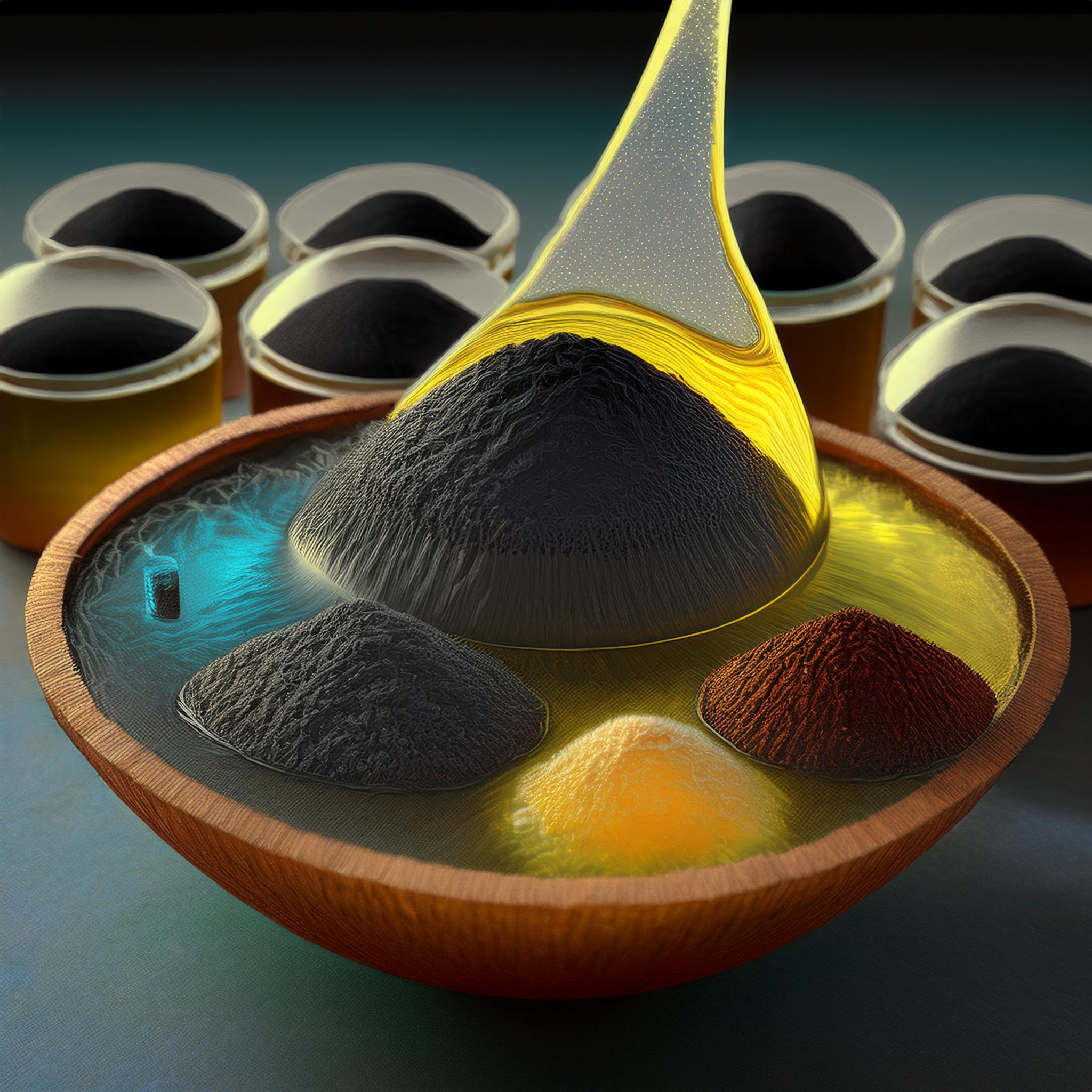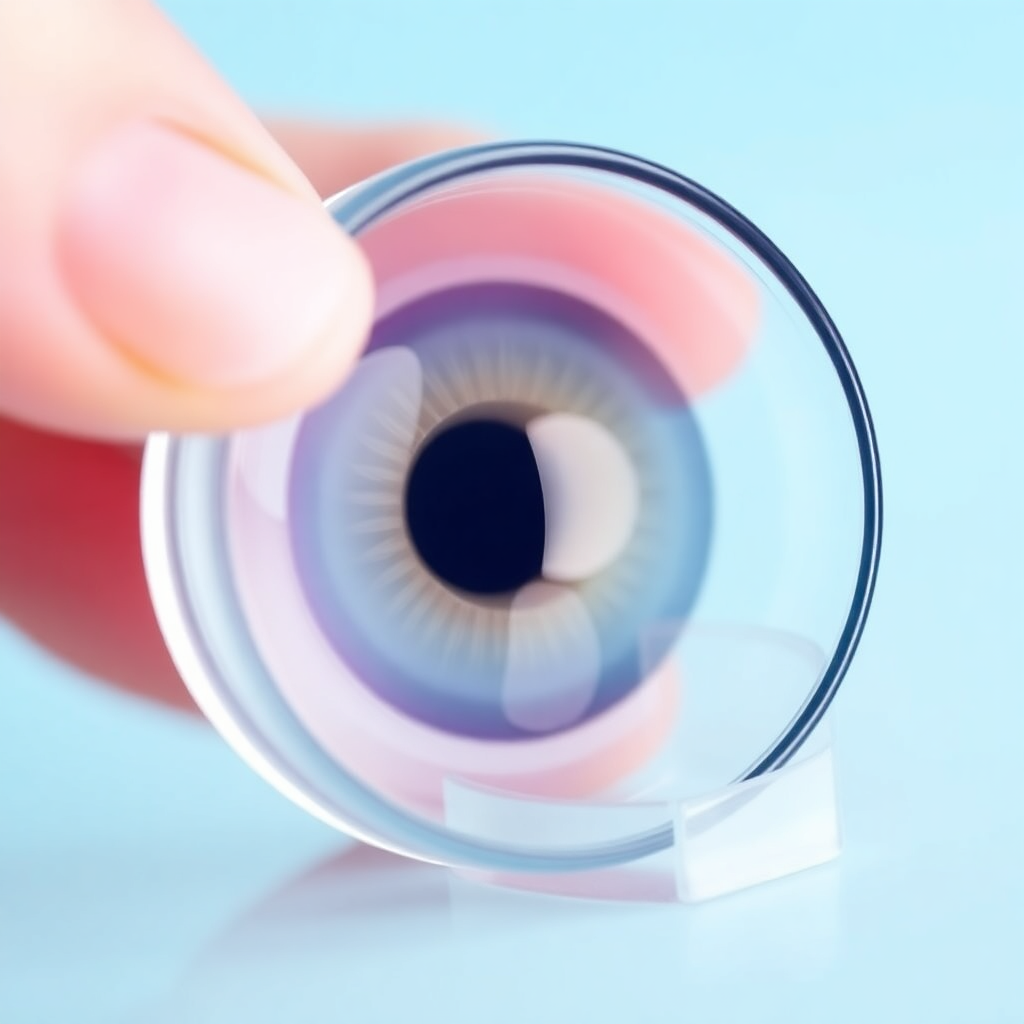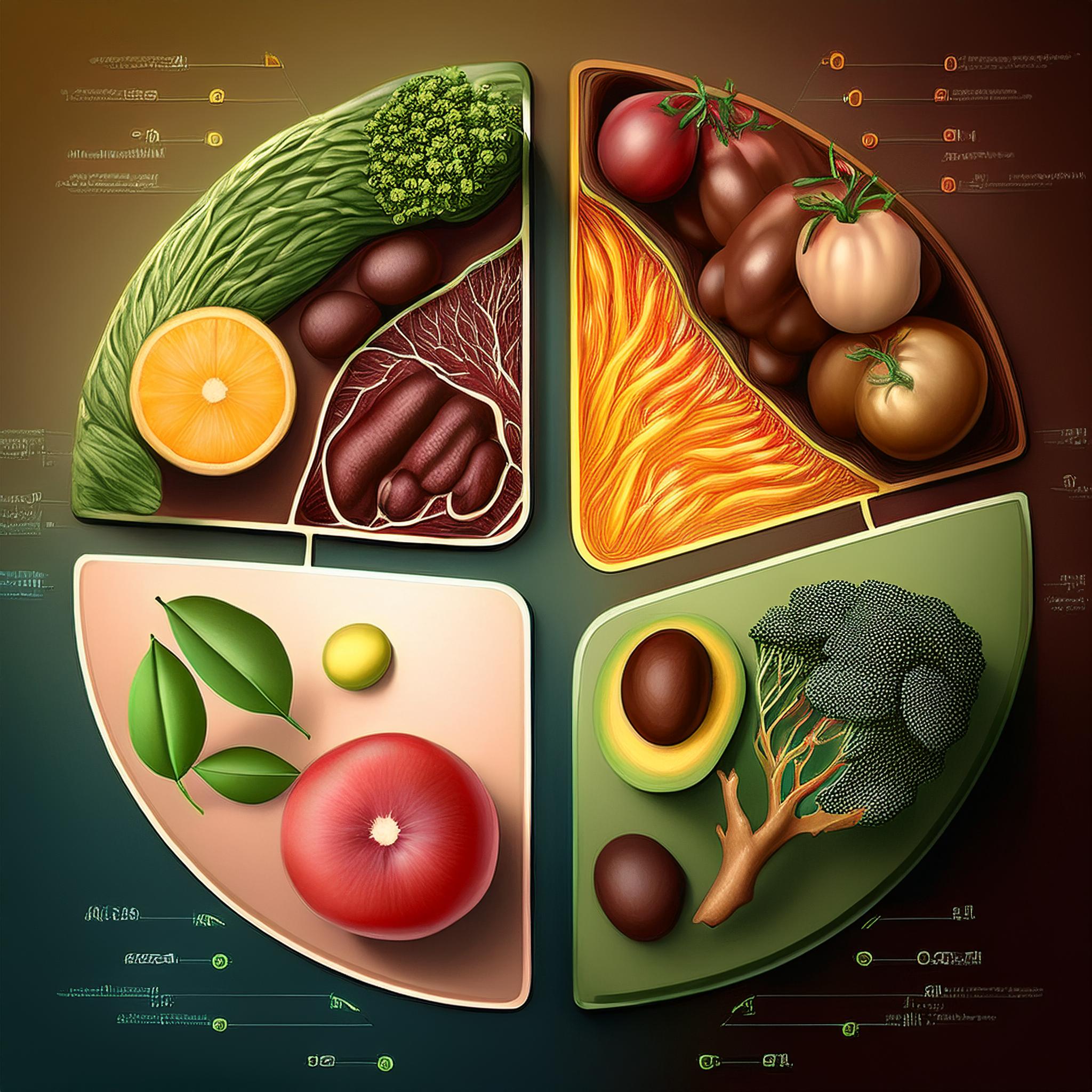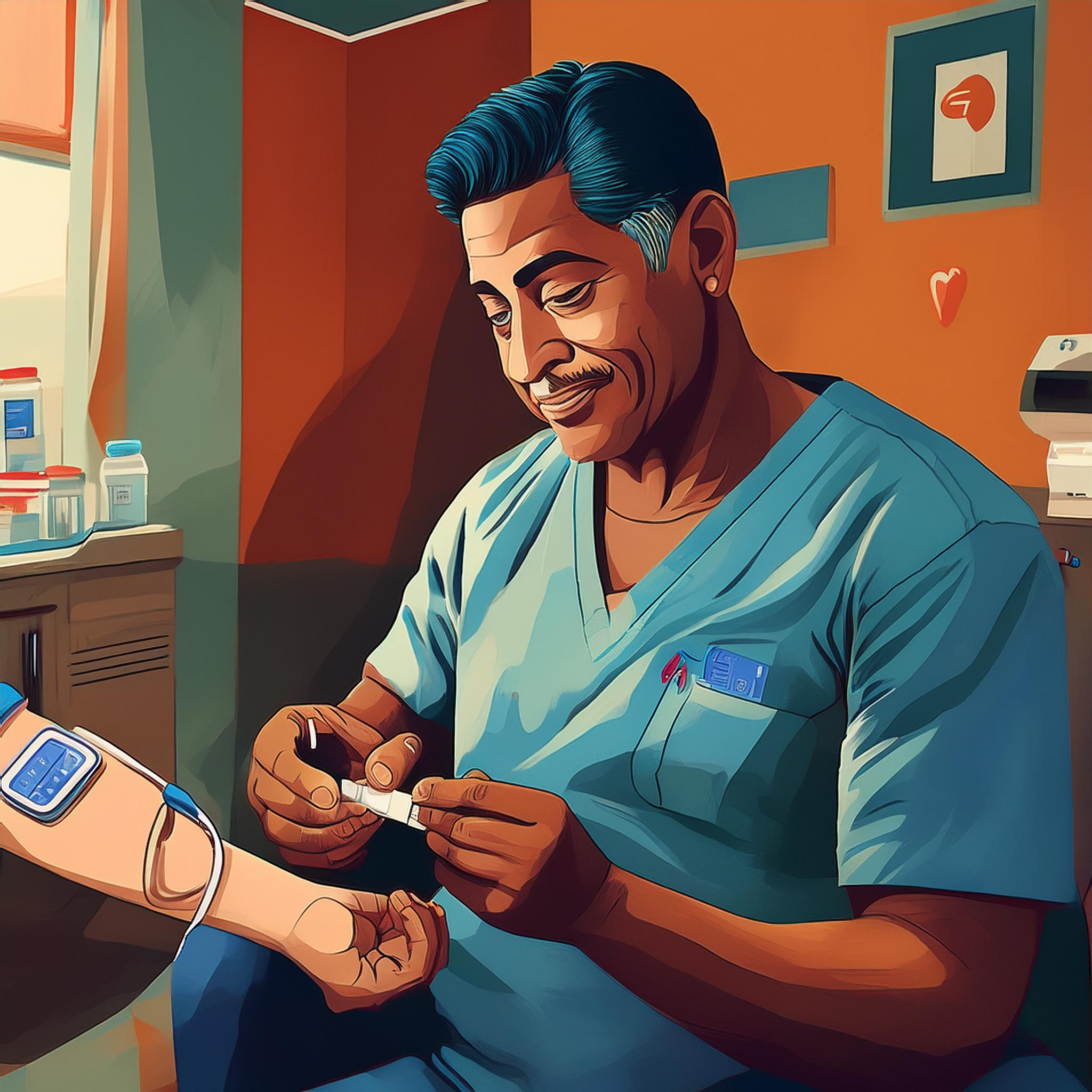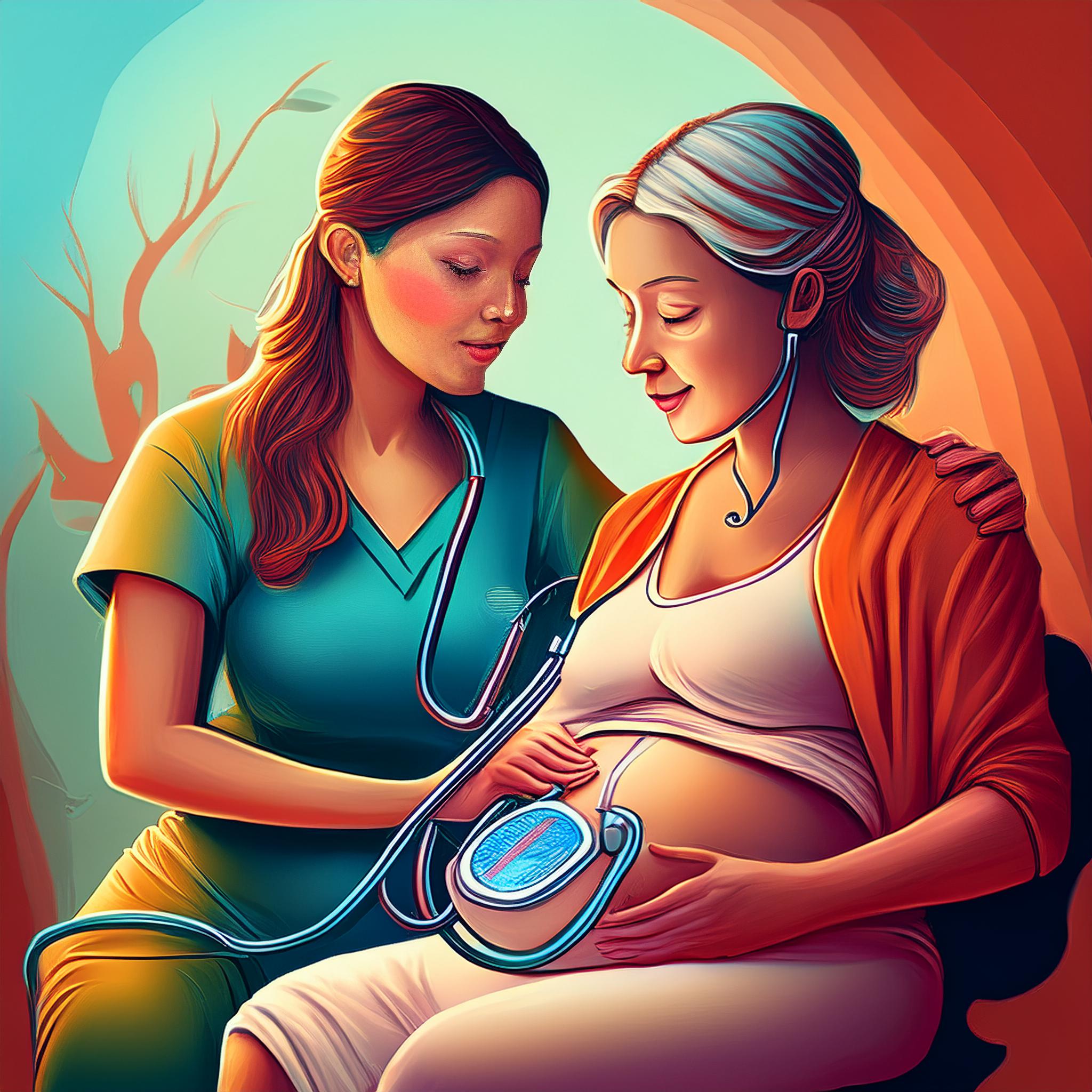The Effect of Smartphone-Based Nursing Therapy to Reducing Post Cardiac Surgery
Downloads
The disease that is the number one cause of death in the world today is heart disease. Actions to overcome the problem of coronary heart disease, one of them with surgery. Pain is a significant issue at all stages of surgery. Post-cardiac surgery discomfort should be manageable with smartphone-based nursing care. The goal of this study was to determine if smartphone-based nursing care may help heart surgery patients feel less pain. The research design used a quasi-experimental pre- and post-control group design. The sample size in this study was 46 respondents, which were divided into 23 respondents in the intervention group and 23 respondents in the control group. The inclusion criteria of this study were cardiac surgery patients on the first day, adult patients receiving paracetamol drip therapy and 1000 mg tablets, and hemodynamic stability. Nursing interventions to deal with pain in this study were carried out using hypnosis and music videos in smartphone-based applications. Research results showed a post-treatment pain score of 2.04 in the intervention group and 4.60 in the control group. Nursing interventions carried out using videos in smartphone-based applications are able to overcome post-cardiac surgery pain, so pain management using smartphones can be an intervention choice to deal with post-cardiac surgery pain. Hypnosis and music nursing interventions using videos on smartphone-based applications can be used as nursing therapy to treat pain after cardiac surgery.
Abdeshahi, S. K., Hashemipour, M. A., Mesgarzadeh, V., Payam, A. S., & Monfared, A. H. (2013). Effect of hypnosis on induction of local anaesthesia, pain perception, control of haemorrhage and anxiety during extraction of third molars: a case–control study. Journal of Cranio-Maxillofacial Surgery, 41(4), 310–315. https://doi.org/10.1016/j.jcms.2012.10.009
Amiri, M. J., Sadeghi, T., & Negahban Bonabi, T. (2017). The effect of natural sounds on the anxiety of patients undergoing coronary artery bypass graft surgery. Perioperative Medicine, 6, 17. https://doi.org/10.1186/s13741-017-0074-3
Awaludin, S., Nurachmah, E., & Novitasari, D. (2020). Hypnosis is a surgical pain intervention: a systematic review. 1st International Conference on Community Health (ICCH 2019), 276–284. https:doi.org/ 10.2991/ahsr.k.200204.059
Awaludin, S., Nurachmah, E., Soetisna, T. W., & Umar, J. (2022). The effect of a smartphone-based perioperative nursing intervention: Prayer, education, exercise therapy, hypnosis, and music toward pain, anxiety, and early mobilization on cardiac surgery. Journal of Public Health Research, 11(2), jphr-2021. https://doi.org/10.4081/jphr.2021.2742
Awaludin, S., Sumeru, A., Alivian, G. N., & Novitasari, D. (2020). The Effect of Sikkomodo (Combination of Music, Humor, and Prayer) Formulation Toward Blood Pressure of Hypertension Patient on The Elderly Group in Banyumas Regency. SHS Web of Conferences, 86, 1002. https://doi.org/10.1051/shsconf/20208601002
Bauer, M., Glenn, T., Geddes, J., Gitlin, M., Grof, P., Kessing, L. V, Monteith, S., Faurholt-Jepsen, M., Severus, E., & Whybrow, P. C. (2020). Smartphones in mental health: a critical review of background issues, current status and future concerns. International Journal of Bipolar Disorders, 8, 2. https://doi.org/10.1186/s40345-019-0164-x
Berman, A., Snyder, S. J., & Frandsen, G. (2016). Kozier & Erb’s. of Fundamentals Nursing Concepts, Process, and Practice (10th ed.). England: Pearson Education, Inc.
Bhatt, H., Sanghani, D., Julliard, K., & Fernaine, G. (2015). Is mitral annular calcification associated with atherosclerotic risk factors and severity and complexity of coronary artery disease? Angiology, 66(7), 659–666. https://doi.org/10.1177/0003319714550239
Bigeleisen, P. E., & Goehner, N. (2015). Novel approaches in pain management in cardiac surgery. Current Opinion in Anesthesiology, 28(1), 89–94. https://doi.org/10.1097/ACO.0000000000000147
Chandrababu, R., Nayak, B. S., Pai, V. B., Patil, N. T., George, A., George, L. S., & Devi, E. S. (2017). Effect of complementary therapies in patients following cardiac surgery. Holistic Nursing Practice, 31(5), 315–324. https://doi.org/10.1097/HNP.0000000000000226
Chen, X., Yuan, R., Chen, X., Sun, M., Lin, S., Ye, J., & Chen, C. (2018). Hypnosis intervention for the management of pain perception during cataract surgery. Journal of Pain Research, 1921–1926. https://doi.org/10.2147/JPR.S174490
Ciğerci, Y., & Özbayır, T. (2016). The effects of music therapy on anxiety, pain and the amount of analgesics following coronary artery surgery. Turkish Journal of Thoracic and Cardiovascular Surgery, 24(1), 44-50. https://doi.org/10.5606/tgkdc.dergisi.2016.12136
Coffey, S., Roberts-Thomson, R., Brown, A., Carapetis, J., Chen, M., Enriquez-Sarano, M., Zühlke, L., & Prendergast, B. D. (2021). Global epidemiology of valvular heart disease. Nature Reviews Cardiology, 18(12), 853–864. https://doi.org/10.1038/s41569-021-00570-z
Comeaux, T., & Steele-Moses, S. (2013). The effect of complementary music therapy on the patient’s postoperative state anxiety, pain control, and environmental noise satisfaction. Medsurg Nursing, 22(5),313-318.
DevarePhadke, S., & HadiyaParkar, S. (2014). Effect of music intervention on immediate post operative coronary artery bypass graft surgery (CABG) patients. Indian Journal of Physiotherapy & Occupational Therapy, 8(4), 106-111.
Eren, G., Dogan, Y., Demir, G., Tulubas, E., Hergunsel, O., Tekdos, Y., Dogan, M., Bilgi, D., & Abut, Y. (2015). Hypnosis for sedation in transesophageal echocardiography: a comparison with midazolam. Annals of Saudi Medicine, 35(1), 58–63. https://doi.org/10.5144/0256-4947.2015.58
Heidari, S., Babaii, A., Abbasinia, M., Shamali, M., Abbasi, M., & Rezaei, M. (2015). The effect of music on anxiety and cardiovascular indices in patients undergoing coronary artery bypass graft: a randomized controlled trial. Nursing and Midwifery Studies, 4(4), e31157. https://doi.org/10.17795/nmsjournal31157
Jiménez-Jiménez, M., García-Escalona, A., Martín-López, A., De Vera-Vera, R., & De Haro, J. (2013). Intraoperative stress and anxiety reduction with music therapy: A controlled randomized clinical trial of efficacy and safety. Journal of Vascular Nursing, 31(3), 101–106. https://doi.org/10.1016/j.jvn.2012.10.002
Keawnantawat, P., Thanasilp, S., & Preechawong, S. (2017). Translation and validation of the Thai version of a modified brief pain inventory: a concise instrument for pain assessment in postoperative cardiac surgery. Pain Practice, 17(6), 763–773. https://doi.org/10.1111/papr.12524
Khalili, D., Haj Sheikholeslami, F., Bakhtiyari, M., Azizi, F., Momenan, A. A., & Hadaegh, F. (2014). The incidence of coronary heart disease and the population attributable fraction of its risk factors in Tehran: a 10-year population-based cohort study. PloS One, 9(8), e105804. https://doi.org/10.1371/journal.pone.0105804
Khan, N. S., Shehnaz, S. I., Guruswami, G. K., Ibrahim, S. A. M., & Mustafa, S. A. J. (2017). Knowledge of warning signs, presenting symptoms and risk factors of coronary heart disease among the population of Dubai and Northern Emirates in UAE: a cross-sectional study. Nepal Journal of Epidemiology, 7(2), 670-680. https://doi.org/10.3126/nje.v7i2.17973
Kim, K., Pham, D., & Schwarzkopf, R. (2016). Mobile Application Use in Monitoring Patient Adherence to Perioperative Total Knee Arthroplasty Protocols. Surgical Technology International, 28, 253–260.
Noale, M., Limongi, F., & Maggi, S. (2020). Epidemiology of cardiovascular diseases in the elderly. Frailty and Cardiovascular Diseases: Research into an Elderly Population, 29–38. https://doi.org/10.1007/978-3-030-33330-0_4
Peate, I., & Evans, S. (2020). Fundamentals of anatomy and physiology: For nursing and healthcare students. John Wiley & Sons.
Smeltzer, S. ., Bare, B. ., Hinkle, J. L., & Cheever, K. . (2015). Handbook for Brunner and Suddarth’s Textbook of Medical-Surgical Nursing. Lippincott Williams & Wilkins.
Soangra, R., & Lockhart, T. (2021). Smartphone-based prediction model for postoperative cardiac surgery outcomes using preoperative gait and posture measures. Sensors, 21(5), 1704. https://doi.org/10.3390/s21051704
Tarasoutchi, F., Montera, M. W., Ramos, A. I. de O., Sampaio, R. O., Rosa, V. E. E., Accorsi, T. A. D., Santis, A. de, Fernandes, J. R. C., Pires, L. J. T., & Spina, G. S. (2020). Update of the Brazilian Guidelines for Valvular Heart Disease–2020. Arquivos Brasileiros de Cardiologia, 115, 720–775. https://doi.org/10.36660/abc.20201047
Virani, S. S., Alonso, A., Aparicio, H. J., Benjamin, E. J., Bittencourt, M. S., Callaway, C. W., Carson, A. P., Chamberlain, A. M., Cheng, S., Delling, F. N., Elkind, M. S. V., Evenson, K. R., Ferguson, J. F., Gupta, D. K., Khan, S. S., Kissela, B. M., Knutson, K. L., Lee, C. D., Lewis, T. T., Liu, J., … American Heart Association Council on Epidemiology and Prevention Statistics Committee and Stroke Statistics Subcommittee (2021). Heart Disease and Stroke Statistics-2021 Update: A Report From the American Heart Association. Circulation, 143(8), e254–e743. https://doi.org/10.1161/CIR.0000000000000950
Xu, L., Li, F., Zhou, C., Li, J., Hong, C., & Tong, Q. (2019). The effect of mobile applications for improving adherence in cardiac rehabilitation: a systematic review and meta-analysis. BMC Cardiovascular Disorders, 19, 166. https://doi.org/10.1186/s12872-019-1149-5
Yu, H., Zheng, J.-Q., Hua, Y.-S., Ren, S.-F., & Yu, H. (2019). Influence of volatile anesthesia versus total intravenous anesthesia on chronic postsurgical pain after cardiac surgery using the initiative on methods, measurement, and pain assessment in clinical trials criteria: study protocol for a prospective randomized controlled trial. Trials, 20, 645. https://doi.org/10.1186/s13063-019-3742-4
Zipes, D. P. (2018). Braunwald’s heart disease: a textbook of cardiovascular medicine. BMH Medical Journal, 5(2), 63.
Zubrzycki, M., Liebold, A., Skrabal, C., Reinelt, H., Ziegler, M., Perdas, E., & Zubrzycka, M. (2018). Assessment and pathophysiology of pain in cardiac surgery. Journal of Pain Research, 1599–1611. https://doi.org/10.2147/JPR.S162067
Copyright (c) 2023 JURNAL INFO KESEHATAN

This work is licensed under a Creative Commons Attribution-NonCommercial-ShareAlike 4.0 International License.
Copyright notice
Ownership of copyright
The copyright in this website and the material on this website (including without limitation the text, computer code, artwork, photographs, images, music, audio material, video material and audio-visual material on this website) is owned by JURNAL INFO KESEHATAN and its licensors.
Copyright license
JURNAL INFO KESEHATAN grants to you a worldwide non-exclusive royalty-free revocable license to:
- view this website and the material on this website on a computer or mobile device via a web browser;
- copy and store this website and the material on this website in your web browser cache memory; and
- print pages from this website for your use.
- All articles published by JURNAL INFO KESEHATAN are licensed under the Creative Commons Attribution 4.0 International License. This permits anyone to copy, redistribute, remix, transmit and adapt the work provided the original work and source is appropriately cited.
JURNAL INFO KESEHATAN does not grant you any other rights in relation to this website or the material on this website. In other words, all other rights are reserved.
For the avoidance of doubt, you must not adapt, edit, change, transform, publish, republish, distribute, redistribute, broadcast, rebroadcast or show or play in public this website or the material on this website (in any form or media) without appropriately and conspicuously citing the original work and source or JURNAL INFO KESEHATAN prior written permission.
Permissions
You may request permission to use the copyright materials on this website by writing to jurnalinfokesehatan@gmail.com.
Enforcement of copyright
JURNAL INFO KESEHATAN takes the protection of its copyright very seriously.
If JURNAL INFO KESEHATAN discovers that you have used its copyright materials in contravention of the license above, JURNAL INFO KESEHATAN may bring legal proceedings against you seeking monetary damages and an injunction to stop you using those materials. You could also be ordered to pay legal costs.
If you become aware of any use of JURNAL INFO KESEHATAN copyright materials that contravenes or may contravene the license above, please report this by email to jurnalinfokesehatan@gmail.com
Infringing material
If you become aware of any material on the website that you believe infringes your or any other person's copyright, please report this by email to jurnalinfokesehatan@gmail.com.



